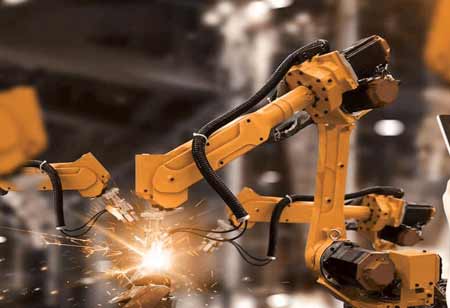Thank you for Subscribing to Construction Business Review Weekly Brief
Specials
- MEP Canada
- Kitchen and Bath
- Decking Canada
- Architectural Glass Europe
- MEP APAC
- Construction Saudi Arabia
- German Apartment and Condominium Contractors
- Construction Law APAC
- Outdoor Construction
- Foundation Construction Canada
- Building Sealing Solutions Europe
- Apartment and Condominium Contractors Canada
- Cold Storage Construction APAC
- Precast Concrete Europe
- Construction Staffing Europe
- Pre-Construction Services
- Flooring System APAC
- Scaffolding Canada
- Swimming Pool Construction Canada
- Construction Management Canada
- Dummy
- Building Restoration and Maintenance Canada
- Residential Construction
- Concrete Canada
- Construction Cladding Europe
- Construction Cladding APAC
- Concretes, Aggregates and Construction Materials APAC
- Concretes, Aggregates and Construction Materials Europe
- Commercial Contractors Europe
- Commercial Contractors APAC
- Cold Storage Construction Canada
- Flooring Systems Europe
- Construction Management APAC
- Landscaping Canada
- Construction Coating Europe
- Construction Tech Startups Europe
- Insulation Services Europe
- Mechanical Contractor Canada
- Mould Remediation and Testing Europe
- Swimming Pool Construction APAC
- Construction Engineering Services
- Mechanical Electrical and Plumbing
- Roofing Systems Europe
- Architectural Glass APAC
- Startups APAC
- Forensic and Owners Representative
- Flooring System
- Waterproofing APAC
- Wall Systems
- Safety and Compliance Europe
- Construction Bidding and Auctions
- Modular and Prefab Construction
- Architectural Glass
- Construction MENA
- Construction Demolition and Recycling Europe
- Modular Construction Europe
- Construction Interiors
- Steel Building APAC
- HVAC
- Doors and windows
- Modular Construction APAC
- Insulation, Coating and Waterproofing
- Building Information Modeling APAC
- Sustainable Construction APAC
- Building Restoration and Maintenance
- Commercial Contractors
- Specialty Construction
- Construction Engineering Canada
- Construction Engineering MENA
- Modular Construction Canada
- Roofing and Siding Systems
- Construction Latam
- Workforce Management and Staffing
- Roofing Systems APAC
- Construction Consulting
- Steel Building Europe
- Construction Demolition and Recycling APAC
- Safety and Compliance APAC
- Concretes, Aggregates and Materials
- Construction Cladding
Revolutionizing Construction Mapping and Surveying in the Construction Industry
Accurate mapping and surveying are pivotal in project planning, design, and execution.

By
Construction Business Review | Friday, June 30, 2023
Stay ahead of the industry with exclusive feature stories on the top companies, expert insights and the latest news delivered straight to your inbox. Subscribe today.
Autonomous surveying systems, equipped with robotic total stations and GPS receivers, can efficiently carry out repetitive survey tasks with minimal human intervention.
FREMONT, CA: Accurate mapping and surveying are pivotal in project planning, design, and execution. Technological advancements have significantly transformed these processes, enhancing construction site efficiency, accuracy, and safety. As the construction industry progresses into 2023, integrating geospatial technologies, drones, real-time data analysis, AR or VR, autonomous systems, and AI or ML algorithms is reshaping the landscape of construction mapping and surveying. The advancements have revolutionized the industry, promoting accuracy, efficiency, and safety in project planning, design, and execution.
In 2023, the construction industry is witnessing a fusion of geospatial technologies with Building Information Modeling (BIM) systems. The integration allows for seamless collaboration and coordination between various stakeholders involved in a construction project. The precise geospatial data collected through aerial surveys, LiDAR scanning, and ground-based measurements are incorporated into the BIM model, enabling accurate visualization, clash detection, and spatial analysis throughout the project lifecycle. With high-resolution cameras and LiDAR sensors, drones capture detailed aerial imagery and topographic data, offering an efficient and cost-effective solution for mapping and surveying.
Drone technology enables regular site inspections, progress monitoring, and volumetric analysis, promoting better decision-making and reducing the risks associated with manual surveys.





